Social Insecurity, Sooner Than You Think!
 Tuesday, March 18, 2008 at 02:18PM
Tuesday, March 18, 2008 at 02:18PM By Allan Sloan / Washington Post
 One of Washington's rites of spring is almost upon us. It's the wonks' version of the Cherry Blossom Festival: the release of the annual Social Security trustees' report showing the health of our nation's biggest social program. Each year, the report touches off a debate, mostly misguided, about Social Security's financial status. Given the political environment this year, you can expect more heat than usual when the report comes out. But you're unlikely to see much light.
One of Washington's rites of spring is almost upon us. It's the wonks' version of the Cherry Blossom Festival: the release of the annual Social Security trustees' report showing the health of our nation's biggest social program. Each year, the report touches off a debate, mostly misguided, about Social Security's financial status. Given the political environment this year, you can expect more heat than usual when the report comes out. But you're unlikely to see much light.
So let me try to illuminate things for you. Forget all the talk you'll hear about how Social Security is okay until 2040 or thereabouts. That is, as we'll soon see, utter nonsense. The real problem starts only a decade or so from now, when Social Security begins to take in less cash than it spends.
How can I say that, given Social Security's $2.3 trillion (and growing) trust fund? It's because the fund owns nothing but Treasury securities. Normally, of course, Treasury securities are the safest thing you can hold in a retirement account. But Social Security's Treasurys won't help cover the program's cash shortfall because Social Security is part of the federal government. Having one arm of the government (Social Security) own IOUs from another arm (the Treasury) doesn't help the government as a whole cover its bills.
Here's why the trust fund has no financial value. Say that Social Security calls the Treasury sometime in 2017 and says it needs to cash in $20 billion of securities to cover benefit checks. The only way for the Treasury to get that money is for the rest of the government to spend $20 billion less than it otherwise would (fat chance!), collect more in taxes (ditto), or borrow $20 billion more (which is what would happen). The spend-less, collect-more, and borrow-more options are exactly what they would be if there were no trust fund. Thus, the trust fund doesn't make it any easier for the government to cover Social Security's cash shortfalls than if there were no trust fund.
Social Security's negative cash flow becomes so horrendous -- hundreds of billions of dollars a year -- that our nation's 20- and 30-somethings aren't going to let the government cover it, regardless of how many Treasurys the trust fund holds. So forget about 2039 or whenever. Starting worrying about 2016 or 2017.
You can see this for yourself in Table VI.F8 in Social Security's 2007 trustees' report (it's at www.ssa.gov/OACT/TR/TR07/VI_OASDHI_dollars.html#wp150920). Compare "income excluding interest" with "cost," and you get cash-flow numbers. (I'm ignoring interest, because it's paid with Treasury IOUs, not with cash.) You see that the system's cash flow is projected at about positive $92 billion this year. Nice. But by 2020, it's negative $96 billion, rising to about negative $280 billion in 2025 and half a trillion dollars in 2030. That is unsupportable, unless we plan to devote the entire federal budget to baby boomers' retirement. Which I hope we don't.
I'll spare you the history lesson about why no one worried much about how to invest the huge -- albeit temporary -- surpluses that Social Security began to rack up in the 1980s, when Social Security taxes were raised and future benefits trimmed as a result of the famous Greenspan Commission report. It would be nice to have $2.3 trillion in useful assets in an equivalent of a sovereign wealth fund, but we can't turn back time.
We can still buy time by investing current cash surpluses in non-Treasury assets. But that would require a change in the law and a change in the Washington mind-set, neither of which seems to be in the offing.
The bottom line: If you hear a presidential candidate talking about 2030 or 2040 when the report comes out, ignore it. But if one of them starts talking about 2016, pay attention. It means that he or she is seeing the big picture, not just sniffing cherry blossoms.
Allan Sloan is Fortune magazine's senior editor at large.
http://www.washingtonpost.com/wp-dyn/content/article/2008/03/17/AR2008031702702.html?hpid=sec-business















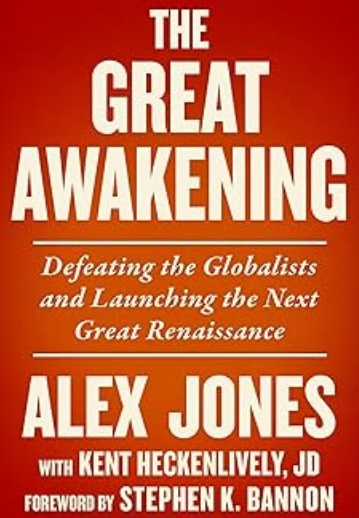



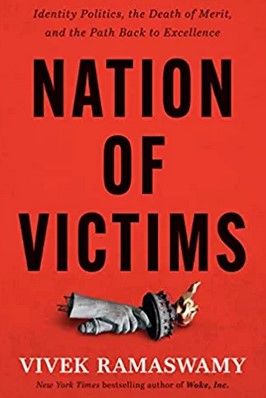
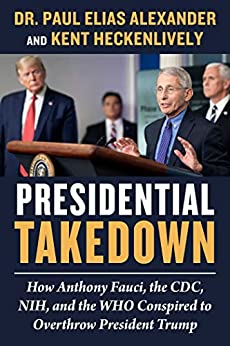

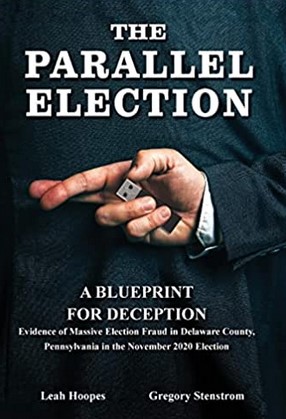























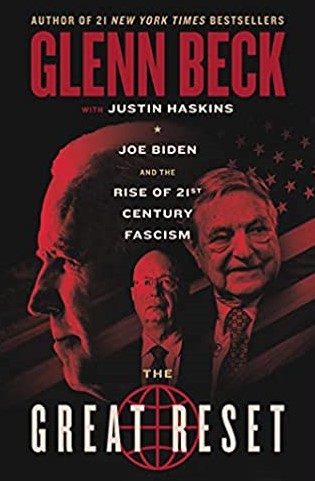






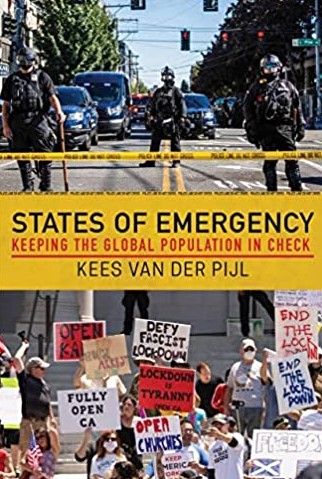




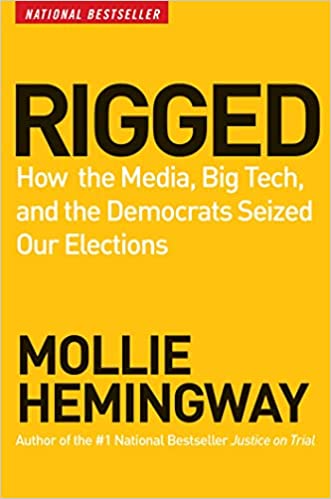










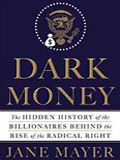










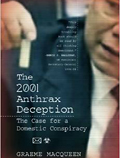


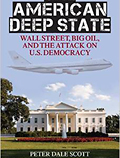


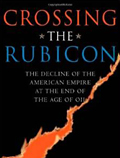
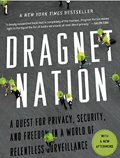




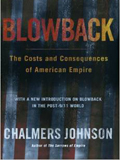




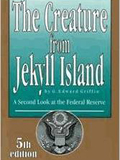




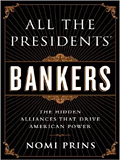





























Reader Comments